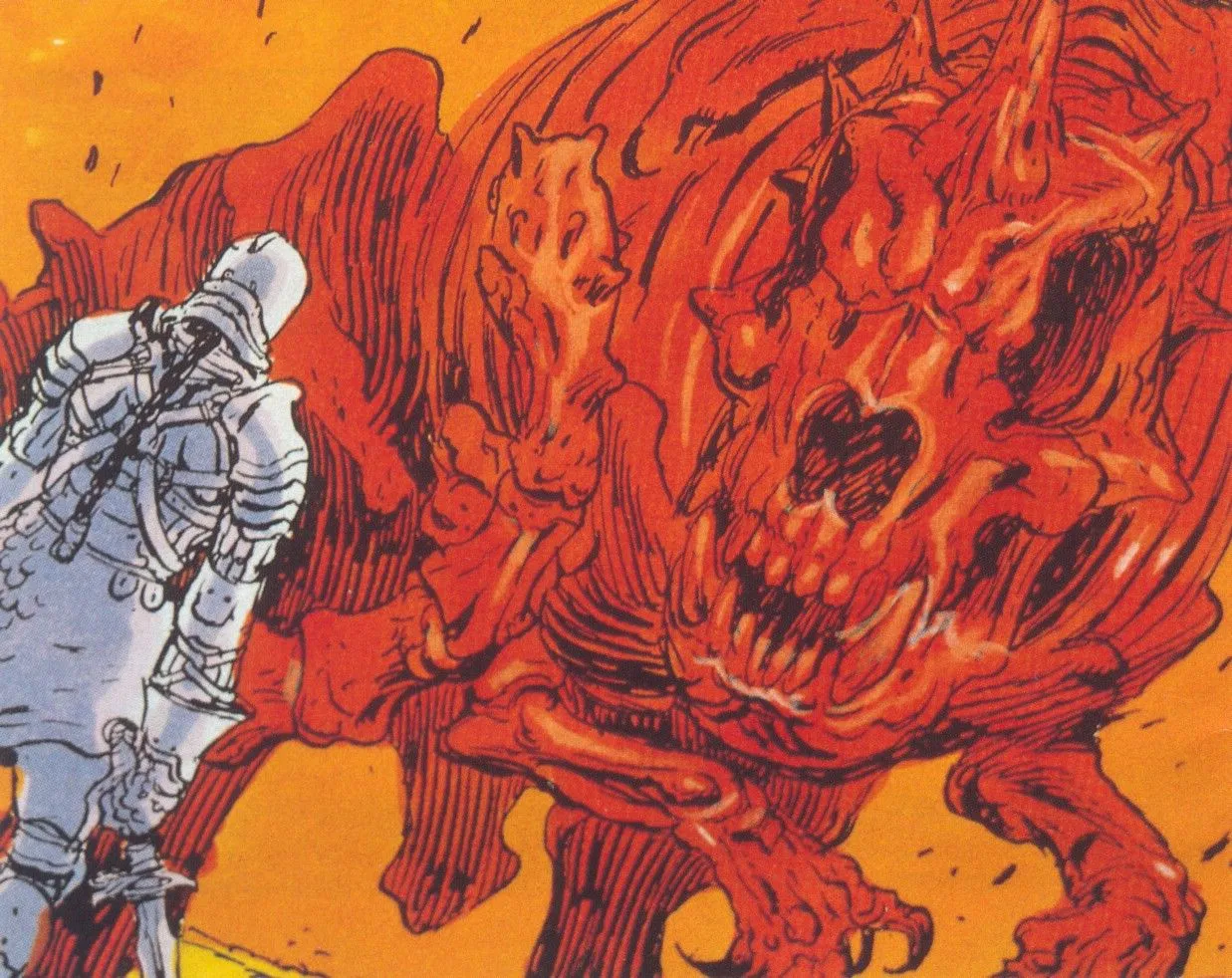Finding Nostalgia in a 1992 Game I’ve Never Played
A recollection of the SNES’ most divisive Final Fantasy game

Nostalgia is a fickle beast. While I miss simpler times when gaming backlogs weren’t a thing, I’m not a fan of how some companies shove half-baked remasters down gamers’ throats. Speaking of old thrills, I could hardly contain my excitement when I saw the cover image of Joe Lavoie’s piece on retro case retrofitting. It reached out to the recesses of my mind in ways only a pleasant memory could. A Google search later, I had mixed feelings. Final Fantasy Mystic Quest was released in 1992. I had never played the game.
And yet the game called out to me like a beaten path that I had tread before. A little digging helped me unearth an archaeological find: the title’s elaborate manual. Peppered with gorgeous visuals and in-depth explanations of the game’s mechanics, it was no surprise that the text was etched into my mind. Turns out that this little relic was the source of my Mystic Quest memories. I even remembered Benjamin and his larger-than-life quest to restore balance to a chaotic world. While the premise of “secure four magic crystals” doesn’t sound all that different from a fetch quest, it helped me connect with Mystic Quest despite being way too young to experience the depth of role-playing games.

An “entry-level role-playing adventure”
Before you chastise me for using the phrase “entry-level,” it’s literally on the tin. Final Fantasy Mystic Quest was the first Final Fantasy title developed with an American audience in mind, right from the translation process to the divisive dumbing down of the game’s core role-playing elements. Staples like random battles and a party system were canned in favor of a streamlined approach to combat and storytelling.
Sure, I’d be able to make sense of the series’ nuanced mechanics today but it is remarkable that I was able to come to grips with Mystic Quest before knowing what a compass was. While I don’t remember how I got my little hands on the game’s manual, I suspect the local library’s donations section. The faded yet pristine booklet set up Final Fantasy Mystic Quest’s premise while dumping a boatload of information about the game’s mechanics and how they worked in tandem to deliver a role-playing experience that was both simple and fascinating.
A glance at the manual’s weapon, armor, and spells lists made me giddy with a sense of belonging. I even remembered some of the more iconic ones, like Excalibur and the game’s set of claws that looked sharp despite me being able to count individual pixels on them. With attacks and defenses that worked on strengths and weaknesses, my mind instantly made sense of it all thanks to my Pokémon obsession. If you think this manual is already going above and beyond the call of duty, wait till you hear about how it presents the story.

Handholding: The Video Game
Flipping through the digital edition of Final Fantasy Mystic Quest’s manual feels like watching a no-commentary retro walkthrough. After watching players take it for a spin on YouTube, I can say with confidence that Mystic Quest plays just the way I had imagined it. While the handholding manual does seem excessive for someone who has scaled all sorts of videogames, I can see how this could help someone dip their toes into a videogame genre that they aren’t familiar with. It makes perfect sense for a title that must have found itself under thousands of Christmas trees in 1992, well before internet guides were a thing.

The manual neatly lays out Benjamin’s journey to get his hands on one of the four crystals critical to the narrative. It details the kind of battles you might face in each of the game’s stages, including the rewards you’ll get if you manage to vanquish the beasts that get in the way of your sweet heroic arc. If a piece of text telling you where you’ll need to save often isn’t your thing, you don’t need to follow the manual to the letter. But its existence is a godsend for novices, especially for those shorter than the blades featured in the game.
If the manual wasn’t enough, Square even had a number you could dial if you were stuck in a confusing section of Mystic Quest’s many mazes. While these accessibility options didn’t push sales as much as Square wanted them to, they made Japanese role-playing games accessible to an audience far beyond those of their predecessors.
At the cost of angering a fanbase that adored Final Fantasy in all its complexity, Square created a beacon that led newcomers into the fold. The fact that I can vividly remember Mystic Quest encounters that I’ve never had is proof that the manual served its purpose.
